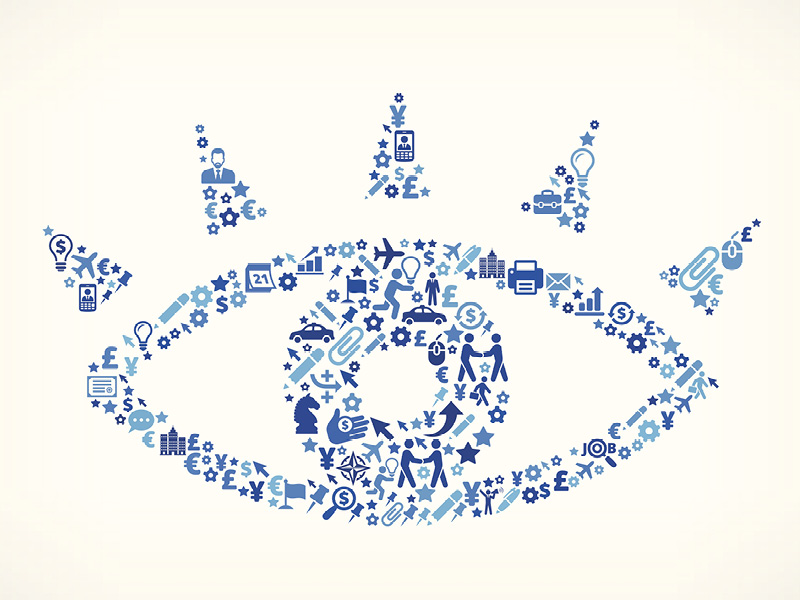Straight up, let us hit you with some science: more than 90% of information that is processed by the brain is visual. 90%! Let that sink in for a moment before we hit you with the next fact. Ready? We process visuals 60,000 times faster than text. Woooaaah! And wait for it… visual content is forty times more likely to get shared on social media. Bam!
In marketing terms, that means content with visuals is more likely to strike a chord with readers, be shared and encourage people along the sales funnel. And that, let’s face it, is the end game.
Attention-grabbing visuals
Usually, when you hear about something going viral, it’s not an article or blog, it’s a picture, a GIF or a video. That’s because in a sea of content you need to stand out or face being just another droplet. Compelling imagery, videos and graphics grab attention, and can say more to your audience than a thousand-word article alone. And if that wasn’t reason enough, you might like to know that social-media posts can generate up to 94% more views when they contain visuals.
So, in order to engage with their audiences, businesses and marketers need to start thinking visually. Here are three simple visual aids you need to start using.
Infographics
Essentially these are visual diagrams that portray data in a way that allows the reader to learn something without having to concentrate too hard. Fun fact: infographics were the B2B content marketing tactic with the biggest increase from 2014 to 2015, up from 51% to 62%.
So where do infographics get a chance to shine? Anywhere really, just keep in mind that sometimes, if they are too long, some social-media feeds may crop them. For maximum results, use them in emails and presentations, and on web pages.
Emojis
Here’s a recap in case you’ve been living under a rock: an emoji is a small icon used to express an idea or an emotion in digital communication. Yes, these little graphics often succeed where words fail. You will find them scattered on Twitter, Instagram and Facebook, in text messages, and even in email subject lines. It has recently been discovered that when you look at an emoji, your brain reacts with the same chemicals as if you’re looking at a real person’s face. These wink-giving, man-fishing, kiss-blowing icons aren’t just for your private entertainment; they belong in your marketing strategy because they are attention grabbing and they let people who don’t know what a Nokia 3310 is that you’re cool.
GIFs
GIFs are the naughty love child of still images and video content. They combine the fun, silly and often inappropriate aspects of videos with the limited time span of an image. In an ‘attention economy’, people need to digest media fast while extracting meaning from the message. This is where the marketing genius has a chance to play. At last we can get entertainment at work without having to quickly press ‘mute’!
So where are we currently seeing GIFs? Pretty much everywhere! However there is a strong predilection for them in social-media feeds, blog posts and email newsletters.
Don’t worry if you aren’t quite ready to embrace this visual literacy just yet; there is still plenty of room for words in your content-marketing strategy. You just can’t afford not to use visuals. The fun police in your marketing department may try to convince you that GIFs, videos, infographics and especially emojis aren’t professional, but beware: the content landscape is changing, and audiences are slowly beginning to expect visual content. In fact, many consumers admit they would lose interest in a brand that does not have visuals. With the way virtual-reality technology is going, these types of visuals are really just the beginning… and you don’t want to be playing catch up in the most competitive business environment in history.







